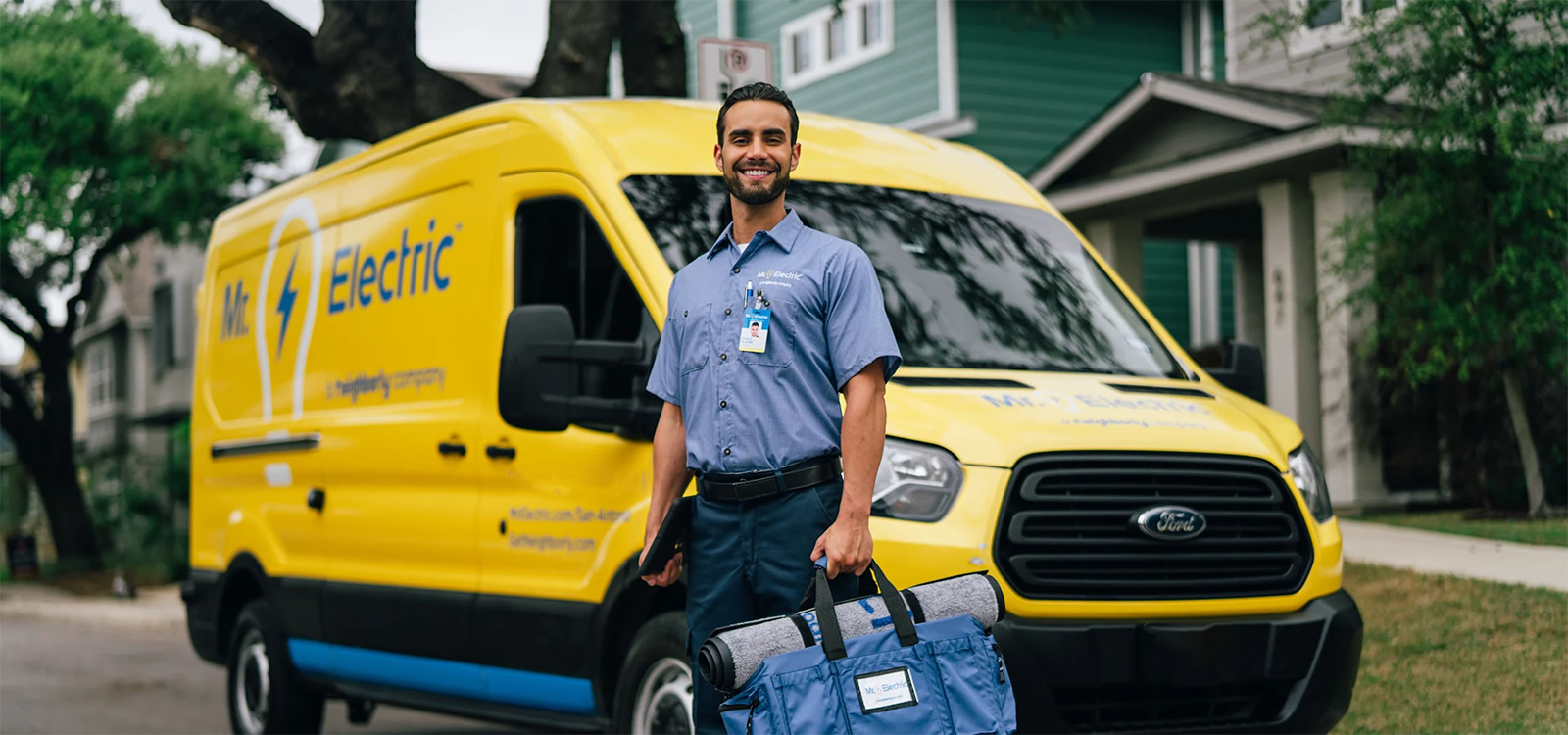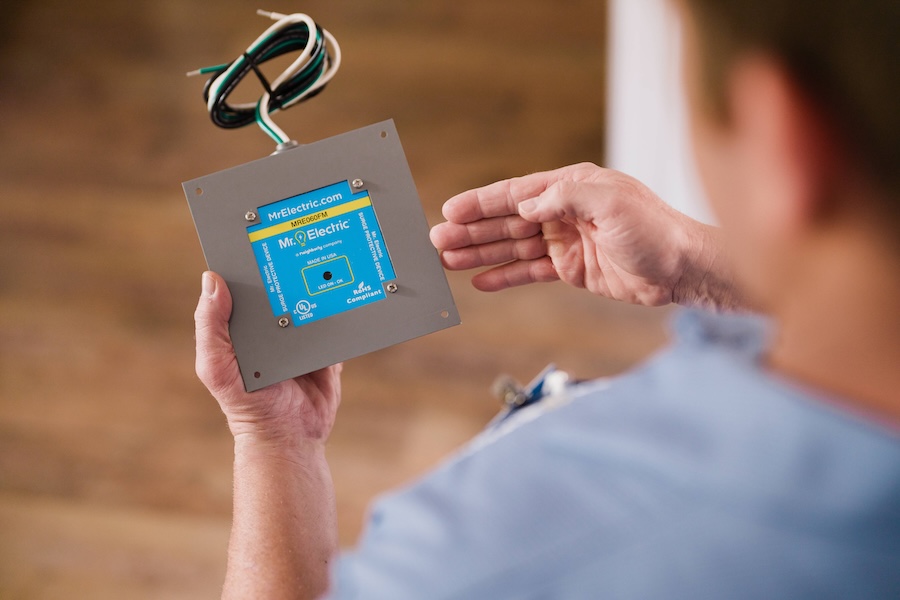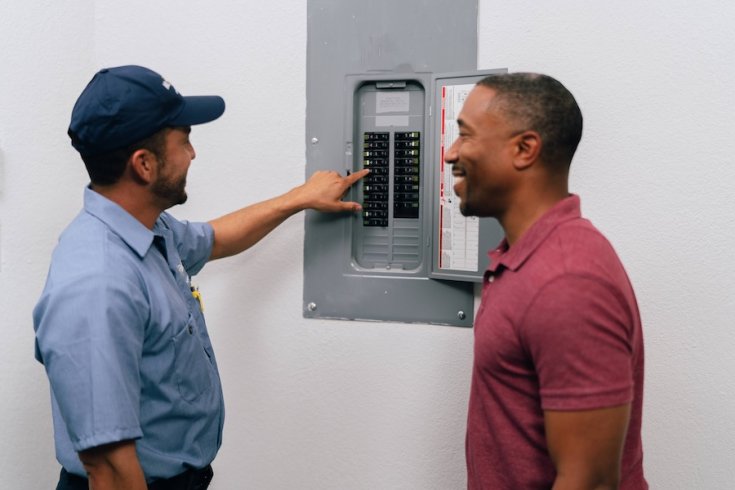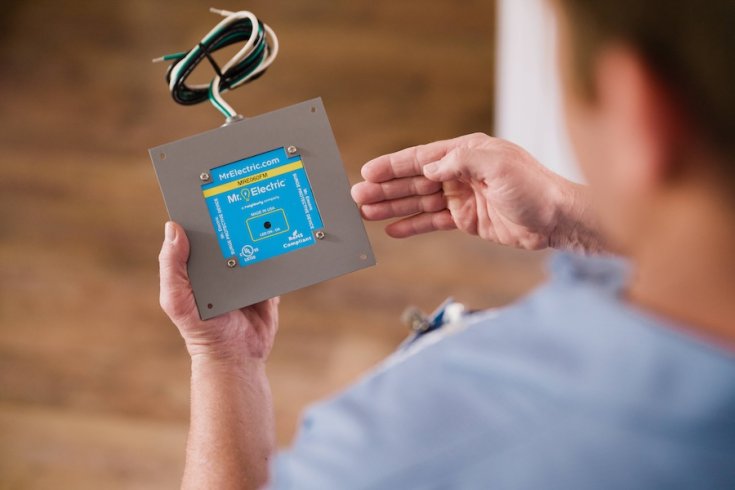How Long Surge Protectors Last Before They Need Replacing
Electricity flows invisibly and unsuspectedly through walls, and it powers everything from your refrigerator to your smartphone charger. Yet, as controlled as our electrical systems are, they’re not invincible. A single jolt - like a lightning strike, a downed power line, or even a faulty appliance - can send a surge of voltage through the electrical wiring in a fraction of a second.
That's where safety equipment like surge protectors come in. Surge protectors redirect excess electricity away from electrical system and what's connected... but surge protectors don't last forever, either. Like brake pads on a car or filters in an HVAC system, these devices wear out over time.
So, when is it time to replace surge protectors? In this brief article brought to you by Mr. Electric, we'll try to answer this simple but loaded question by starting with the basics. If you have particular questions or concerns for a certified electrician, then contact Mr. Electric to hire an experienced professional.
What a Surge Protector Actually Does
To better understand lifespan, it helps to know what’s happening inside a surge protector. Whether we're talking about a power strip or a whole-home unit, all surge protectors depend on a component called a metal oxide varistor (MOV). The word varistor comes from "variable resistor." That means it changes its resistance depending on how much voltage is applied to it.
When voltage levels stay within normal limits, the MOV sits idle. However, when voltage suddenly spikes - say, during a lightning storm - the varistor’s resistance drops suddenly. The MOV becomes a low-resistance path which lets extra electricity flow through it instead of through your sensitive electronics. This way, the varistor absorbs or redirects the surge.
Each time this happens, though, the MOV sacrifices a bit of itself. Over time, and even after multiple small surges, the MOV wears down. Once it loses enough of its capacity to absorb energy, the surge protector essentially stops protecting. The tricky part is that there’s often no clear external sign that it’s failed.
Typical Lifespan: The 3–5 Year Rule (and Why It Varies)
Most consumer-grade surge protectors have a lifespan of around three to five years. Granted, that's depending on the environment and frequency of surges. In regions prone to lightning storms or unstable power grids, that number could be much lower.
A whole house power surge protection installation, which is integrated directly into your electrical panel by a certified electrician, tends to last longer. These units are built to handle much larger surges and offer more dependable protection. Still, even they have their limits - typically between five and ten years.
The best rule of thumb is this: if your surge protector doesn’t list its joule rating or warranty duration, then it’s probably not built to last. Reputable manufacturers provide warranties that indicate the amount of energy they can safely absorb over their lifetime.
Knowing When to Replace the Surge Protector
Sometimes, it only takes one bad surge to render a protector useless. A nearby lightning strike, for instance, can unleash millions of volts of electricity in an instant. In most of these cases, the protector is fried and a replacement is your only option. Even if your devices seem fine afterward, the protector may have given everything it had.
While lightning strikes make the headlines, they’re not the only culprits behind done-for surge protectors. In fact, the majority of electrical surges are small, everyday events like the HVAC turning on and off. Over time, those mini-surges take their toll on your surge protector’s internal components.
It's always better to be safe than sorry. If you suspect your power surge protectors are not up to the challenge, then play it safe and have it replaced. Mr. Electric is proud to offer transparent pricing, emergency service, and workmanship guarantees.







